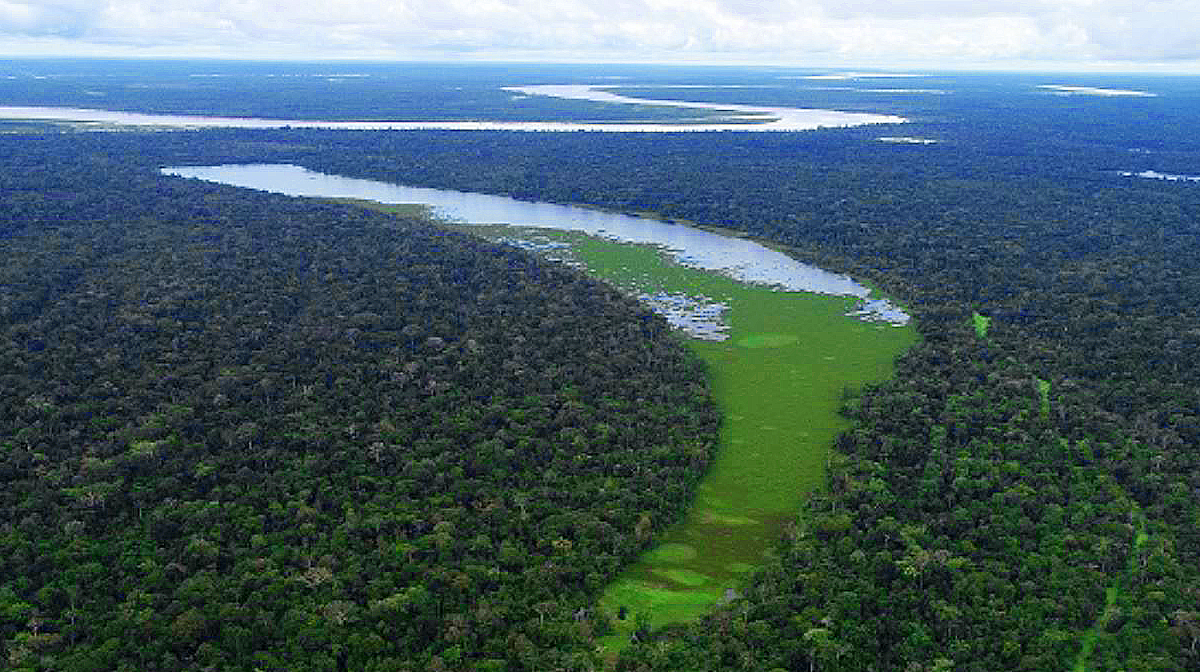Peru among five countries selected for UNDP environmental project
Peru has been selected —thanks to its biological diversity and along with other four countries— to join the “Mapping Nature for People and Planet” Project, which will use geospatial data to identify essential life support areas (ELSAs), the Ministry of Environment (Minam) has reported.
The Essential Life Support Areas (ELSAs) are defined as areas that together conserve critical biodiversity and provide humans with essential ecosystem services, such as carbon storage, food, freshwater, water filtration, and disaster risk reduction.
The project is promoted by the United Nations Development Programme (UNDP) and will be implemented in Colombia, Costa Rica, Kazakhstan, and Uganda, in addition to Peru.
In the case of Peru, geospatial data will be collected in the Ucayali region. The Ministry of the Environment (Minam), the Regional Government of Ucayali, and civil society representatives will provide support to do so.
During the first workshop session “Mapping Nature for People and Planet, Minam’s Deputy Minister of Strategic Development of Natural Resources Gabriel Quijandria noted that the initiative will provide a tool that is framed within the demands of Environment Ministries in developing countries.
In this context, the government official explained that countries with scarce resources must have evidence to map and prioritize those ecosystems where interventions generate greater environmental benefits and well-being for the population.
Taking advantage of technological advancements
During the virtual session, UNDP Resident Representative Maria del Carmen Sacasa stressed the importance of the Sustainable Development Goals (SDGs) in areas like food security and territorial governance, even more so in a pandemic scenario.
“For this reason, in the context of climate change, it is essential to find solutions for the recovery of green areas with the use of technologies,” she said.
For her part, Jamison Ervin, from the UNDP Global Program on Nature for Development, emphasized that despite the fact that half of the world’s GDP depends on nature, nowadays human beings are witnessing drastic changes in the natural world (such as the emergence of contagious diseases) that will define their future.
Ervin explained that the project to identify ELSAs should be based on state-of-the-art science to identify existing threats and land use types.




